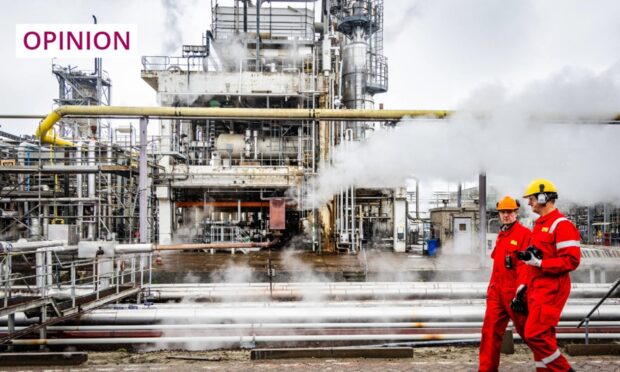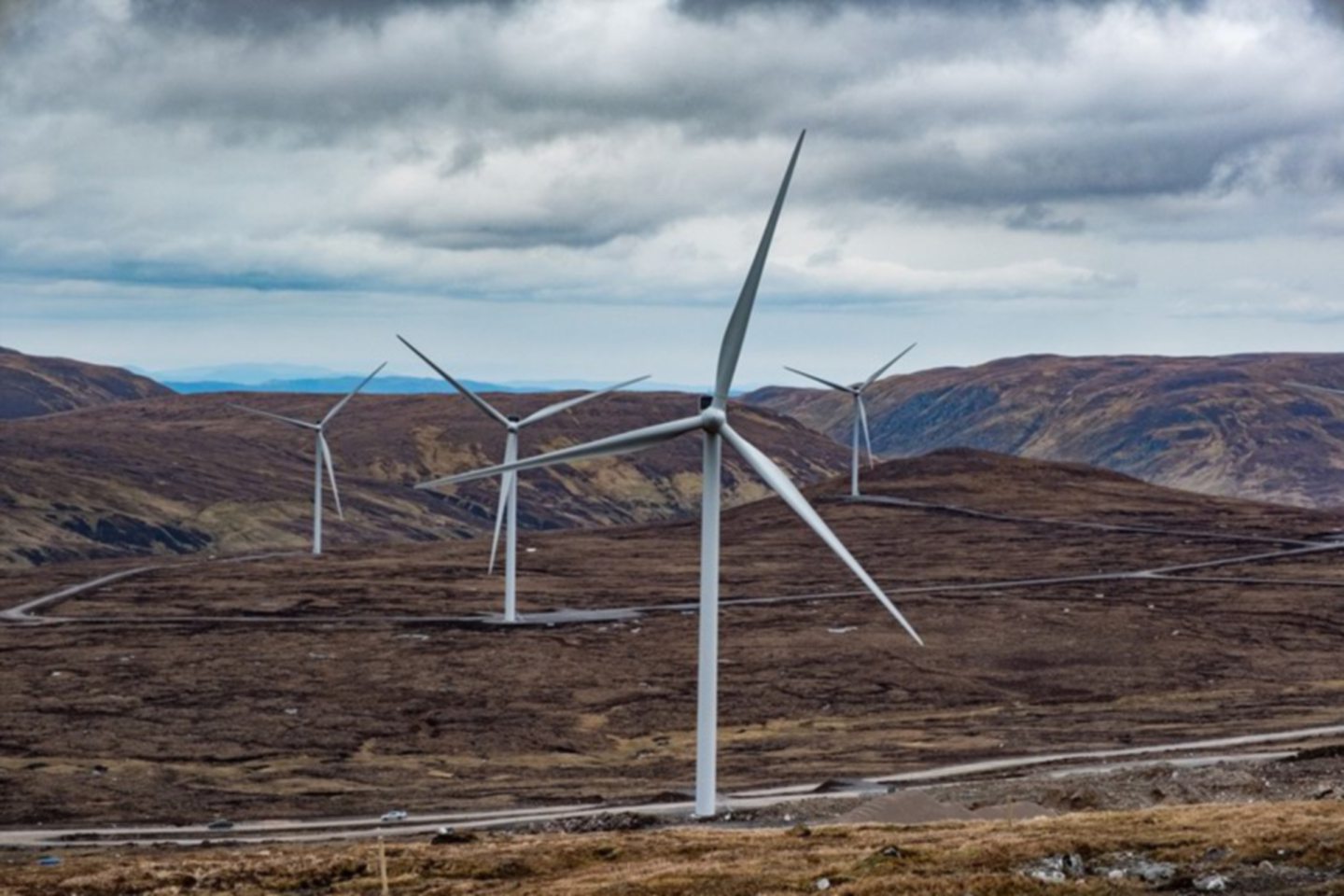Getting to net zero, producing oil and gas from the North Sea as we transition, and ensuring economic benefits for the UK don’t make an obvious trinity, and we are well aware of tensions.
But we at the North Sea Transition Authority (NSTA) are increasingly aware of the need for all three, all at once, and straight away.
We are also aware that, as the UK’s oil and gas regulator, driving delivery of these things won’t always make us popular.
Not that we don’t care about how we are seen. We do. But sometimes we take tough decisions because we care even more about this country continuing to produce homegrown energy in order to support energy security, our economy and the transition. Because, while we use it, we should produce it – but also ensure that production keeps getting cleaner.
If we get it wrong, the UK industry will decline even faster, whether that is because production has not got cleaner and has lost its public support, or because the UK has stopped being a place companies want to do business. The cost to the economy and transition of either outcome will be tremendous.
If we get it right, we can continue to provide more of our own energy, and oversee a strong transition to cleaner energy, while drawing on the skills, infrastructure and supply chain of a well-established industry that is rapidly becoming a key player in carbon storage, hydrogen and wind.
We have made great strides. Between 2018 and 2022, emissions were down by nearly a quarter, and flaring by almost half. Domestically producing gas is much cleaner than importing LNG from across the world.
On the other side, we are proud that we recently consented to seven new fields in 2023 and one so far this year, all of which we assessed for net zero. But to continue to make these claims, and to continue to approve developments, we must continue to get cleaner.
Investment is needed – but rewards are there
That is why, today, we have launched our emissions reduction OGA Plan, which sets out requirements on operators to continue to reduce emissions long term. Only this will ensure there is a domestic industry to produce the fuel we will still need for decades to come.
We know that decarbonising will require significant investment from operators, but the rewards are also there. If the investment is not made, the industry is less likely to be around to contribute to energy security and the transition. We believe the industry can own and deliver this plan.
For new developments and some existing assets, this will mean using low-carbon power like clean electricity – possibly from offshore wind farms or from onshore, via cable, instead of gas and diesel generators. Power generation makes up around 79% of emissions. If companies do not take action where it is reasonable, they should not expect us to permit additional production on those assets.
Alongside electrification and low-carbon power, the OGA Plan makes clear three other emission reduction pathways: investment and efficiency; better decommissioning planning, including potential earlier closure dates for the most emissions-intensive assets – to allow cleaner, higher-producing assets to come online; and no routine flaring and venting by 2030.
Grumbling won’t get us anywhere
There are many leaders who are already pushing this forward, but we know there might be grumbles within parts of the industry. We know there are cost implications. However, we also know there are those who would much rather industry halted production altogether.
That is why we spent eight weeks consulting with stakeholders, held workshops for more than 130 interested parties, carefully read 32 responses, and used them all to inform the final plan. Nothing included has come out of the blue – it builds on industry’s own pledges in the North Sea Transition Deal, including spend on electrification, and the existing commitment to reduce emissions by 90% by 2040.
Wider society, investors and the people who work in the energy sector all expect the industry to be playing its part in tackling climate change
Wider society, investors and the people who work in the energy sector all expect the industry to be playing its part in tackling climate change, and we need to do all we can to demonstrate how the North Sea will show up.
So, hopefully, with continued grown-up conversations, listening and learning from all sides, we’ll also be able to move forward together.
Hedvig Ljungerud is the NSTA director of strategy


Conversation